“Ouch! This pain is terrible, maybe I’m getting older.” We may think that sentences like these are expressed only by grannies and grandpas. But we are not entirely right. Back, shoulder, and knee aches are becoming a rather common problem even amongst men and women in their 40’s and below too. While the major factors of this could be the ever changing lifestyle, lack of physical activity, and even the unhealthy eating habits, there is one other reason that cannot be sidelined; Osteoporosis!

Now, as compared to men, women more often than not, have bones that are smaller and thinner. And as women reach menopause, the estrogen that protects the bones decreases sharply resulting in women being more prone to osteoporosis. So, in this article, we will be discussing on ‘Osteoporosis in women’ and get a clearer picture.
What is Osteoporosis?
Osteoporosis, as we may have heard commonly, is the problem of bones getting brittle and porous. This implies they can break easily due to their fragility too. Women with a lower bone mineral density are more likely to get affected by osteoporosis. Common in the hip, waist, and spine regions, brittleness in bones due to osteoporosis causes a lot of problems especially while climbing the stairs or lifting heavy things. And if not treated in time may lead trouble and you could find it difficult to even walk. The other signs of osteoporosis include a hunched posture, sloping shoulders and of course a forever aching back.

Now that you’re aware of the bone mineral density, it is also important to understand that osteoporosis could be due to your genetic lineage or if you are already suffering from bone fractures.
Osteoporosis and Pregnancy
It is important for a breastfeeding mom to take high calcium diet since this calcium is used up for the development of the baby’s bones. If the mother isn’t getting enough calcium, she may lose calcium from her bones making the bones less strong. Hence there are studies that show that there is a temporary bone fragility problem in women after pregnancy. However studies also suggest that such a bone density problem after pregnancy is temporary and is recovered soon after the mom starts weaning. 
So, what steps can you take to prevent and manage this bone disorder?
By now you must’ve already understood that women need to take a lot of care and precautions. Here’s what you should do:
You May Also Like: This is Why Women need Folic Acid
Intake of Calcium and Vitamin D
Haven’t we heard this since the time we were kids, that strong bones need enough calcium? Well, you parents weren’t lying at all. Strong bones do need good amounts of calcium but they also need Vitamin D which ensures your bone is absorbing that calcium that you’re taking in. A diet low in calcium and vitamin D is the main cause for lower bone mineral density and gives rise osteoporosis. Pregnant women, especially, need sufficient amounts of these. The baby’s bones will also be drawing from the mother’s body, right?
According to the National and International standards, men and women of age 50 and below need a daily intake of 1,000 mg of calcium and those above 50 years need 1,200mg/day of calcium. Likewise, children and teenagers of 18 years and below require a calcium intake of 1,300 mg/day.

Vitamin D, as mentioned earlier, is important for the body to absorb Calcium, thus making it available for building strong bones. If you increase the intake of calcium and neglect to include Vitamin D, you still stand the chance of suffering from brittle bones. Vitamin D is synthesized by our body when we expose ourselves to sunlight. Hence 10 to 15 minutes of exposure to the morning sunlight on our face, arms and hands (bare skin) is mandatory for our body. Vitamin D required for children and adults of 70 years and less is 600 IU per day and for adults 70 years and above it is 800 IU per day.
Calcium and Vitamin D from your diet
A list of Calcium rich foods includes milk, yogurt, cheese, almonds, broccoli, and soybeans. Likewise, few foods that contain Vitamin D are salmon, Egg yolk and Vitamin D fortified products like milk. Other than Vitamin D and Calcium nutrients like zinc, protein, vitamin C also help in building of strong bones and these can again be obtained from milk, green vegetables, fish and lean meat.
A consultation with your dietician will help you decide the amount of calcium and vitamin D you require according to your age, genetic factors, and health condition. Your dietician and health practitioner may also help you decide on the best calcium and vitamin D supplements, if required.
You May Also Like: Healthy Eating Tips For Women With PCOS
Regular check-ups and consultation
If you have someone at home or in the family suffering from osteoporosis, it may pose a genetic risk to you as well and no there should be no delay in you consulting with your health practitioner. Likewise if you smoke or consume alcohol or are above 50 years and have recently experienced severe back pain or have fractured one of your hip bones, a consultation is all the more mandatory. You may be required to get a bone mineral density test done to check your bone mass and accordingly be suggested either lifestyle changes or prescribed with initial medications that may prove to be a timely precaution.
 Exercises
Exercises
As the good old proverb goes ‘Prevention is better than cure’, you could take preventive measures at an early age to prevent osteoporosis rather than trying to manage it once you’re affected. Prevention steps could be following healthy dietary changes as discussed, along with simple exercises such as walking, jogging, dancing, weight lifting (under appropriate advice), yoga, martial arts like Tai Chi and many more. For improved bone strength, strength training exercises, and for improving mobility of bones, balancing training exercises like dancing, Tai Chi martial art, can be followed. For improving the bone strength you could do weight training and and aerobic exercises.

Weight management is extremely important too and can be another factor for osteoporosis. So keep your weight in check. Osteoporosis can be prevented if you’re literate of the reasons behind them and also are aware of the signs and symptoms. Timely consultation with your health practitioner, dietitian, orthopedist and physiotherapist will help you decide the proper intake of foods with the sufficient nutrients and the exercises to prevent and manage osteoporosis. Regular tests and medications as per the advice of your doctor can help you lead a healthy life. We hope you have a better picture of osteoporosis. If you like this article then don’t forget to like and share. Once again, your feedback is what we look for, so please share your thoughts with us in the comment section below.
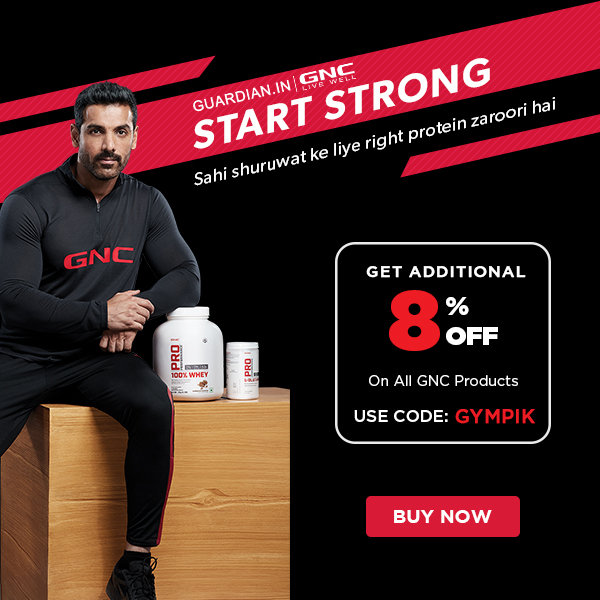

 Traqade
Traqade
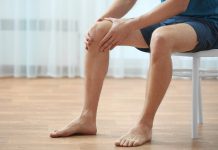




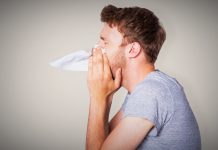


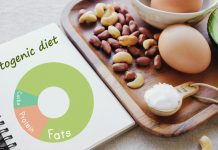











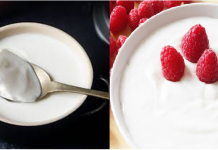

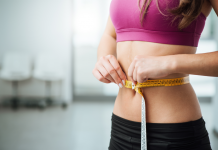


 Exercises
Exercises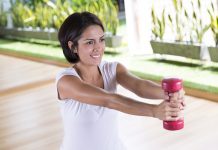
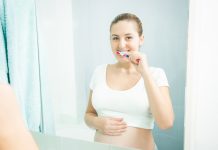







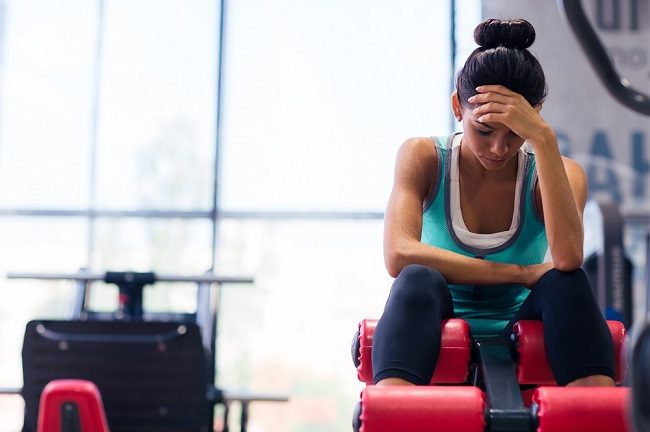
thanks for knowlege
Osteoporosis is a serious concern for women, especially after menopause, due to decreased bone density and calcium levels. To stay informed and access preventive healthcare services in Rajasthan, women can use the SSO ID Rajasthan Portal. Through this single platform, you can easily access government health schemes, schedule checkups, view reports, and benefit from programs related to women’s health and nutrition. Staying proactive with regular checkups and using the SSO portal ensures better bone health and overall well-being.